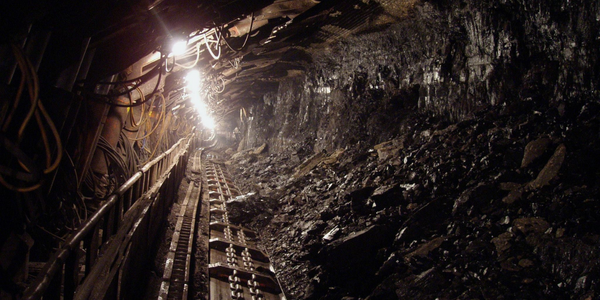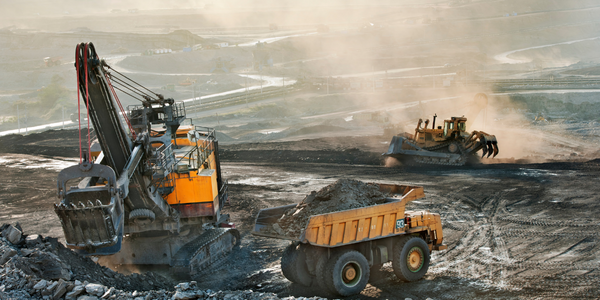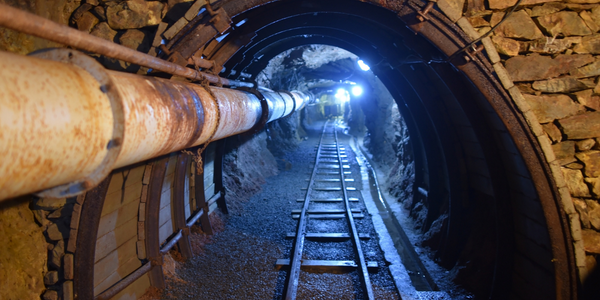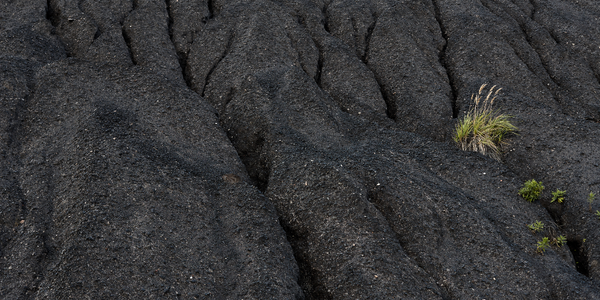Applicable Industries
- Mining
- Recycling & Waste Management
Applicable Functions
- Facility Management
Use Cases
- Predictive Waste Reduction
- Virtual Prototyping & Product Testing
About The Customer
Anddes Asociados S.A.C. is an innovative and rapidly growing consulting company based in Peru. The company specializes in providing consulting services to various industries, with a particular focus on the mining sector. Anddes Asociados is known for its commitment to using innovative technology to provide solutions to complex problems. In this project, the company was tasked with conducting a 3D slope stability analysis of a local mining company’s waste dump. The project involved a complex mine waste rock layout and many different soil layers at the foundation, which significantly affected the waste dump's stability.
The Challenge
Anddes Asociados S.A.C., a rapidly growing Peruvian consulting company, was tasked with conducting a 3D slope stability analysis of a local mining company’s waste dump. The waste dump had a complex layout with many different soil layers at the foundation, which significantly affected its stability. The project required an extensive geotechnical investigation program for waste rock and soil foundation characterization. The challenge was to find a reliable 3D slope stability program that could handle the variability of strong and weak layers in the waste dump toe foundation, actual dike geometry, and actual 3D geometry. The program needed to accurately represent the 3D waste dump stacking and provide a comprehensive analysis of the stability of the waste dump.
The Solution
To address the challenge, Anddes Asociados chose Bentley’s PLAXIS LE (formerly SVSLOPE) software. This software was selected for its ability to handle both strong and weak layers in the waste dump toe foundation, actual dike geometry, and actual 3D geometry. The software successfully represented the 3D waste dump stacking, providing a comprehensive analysis of the waste dump's stability. Anddes Asociados determined that the waste dump foundation contained very heterogeneous soil layers, most of which compromised the stability of the facility. However, by using PLAXIS LE, the organization’s 3D factor of safety, or a system’s structural capability to be viable beyond its expected or actual loads, was larger than the minimum required by the project.
Operational Impact
Quantitative Benefit

Case Study missing?
Start adding your own!
Register with your work email and create a new case study profile for your business.
Related Case Studies.

Case Study
Underground Mining Safety
The goal was to produce a safety system to monitor and support underground mining operations; existing systems were either too simple (i.e. phone line) or overly complex and expensive, inhibiting deployment, and providing little-to-no support in event of an accident. Given the dangerous nature of the mining work environment and the strict regulations placed on the industry, the solution would have to comply with Mine Safety and Health Administration (MSHA) regulations. Yet the product needed to allow for simple deployment to truly be a groundbreaking solution - increasing miner safety and changing daily operations for the better.

Case Study
Mining Firm Quadruples Production, with Internet of Everything
Dundee Precious Metal’s flagship mine, in Chelopech, Bulgaria, produces a gold, copper, and silver concentrate set a goal to increase production by 30%. Dundee wanted to increase production quality and output without increasing headcount and resources, improve miner safety, and minimize cost.

Case Study
Fastenal Builds the Future of Manufacturing with MachineMetrics
Fastenal's objective was to better understand their machine downtime, utilization, quality issues, and to embrace cutting-edge manufacturing technology/process improvement capabilities to bring their team to the next level. However, there was a lack of real-time data, visualization, and actionable insights made this transition impossible.

Case Study
Joy Mining Systems
Joy equipment faces many challenges. The first is machine integration and control. The business end of the machine has a rapidly-spinning cylinder with 6-inch diamond-studded cutting teeth. It chews through rock at rates measured in tens of tons per minute. The system grinds through the rock in front, creating a rectangular mine tunnel. Hydraulic lifters support the ceiling as the machine moves forward. Automated drills and screws drive 3-ft long screws into the ceiling to stabilize it. The rock and coal fall into a set of gathering "fingers" below the cutting cylinder. These fingers scoop up the rock and coal and deposit it onto a conveyor belt. The conveyor passes under the machine and out the back. A train of conveyor belt cars, up to a mile long, follows the cutter into the mine. The rock shoots along this train at over 400 feet per minute until it empties into rail cars at the end. Current systems place an operator cage next to the cutter. Choking dust (potentially explosive), the risk of collapse and the proximity of metal and rock mayhem make the operator cage a hazardous location.

Case Study
Water Treatment Energy Management
Water pumping, treatment and conveyance are among the largest energy and cost outlays for many local and regional municipalities. Electricity time-of-use rates and peak pricing tariffs are driving those costs even higher. This case study describes how Monterey Regional Water Pollution Control Agency (MRWPCA) implemented a process data monitoring and control solution in order to analyze and optimize energy use, reduce deployment costs and save operational expenses.








